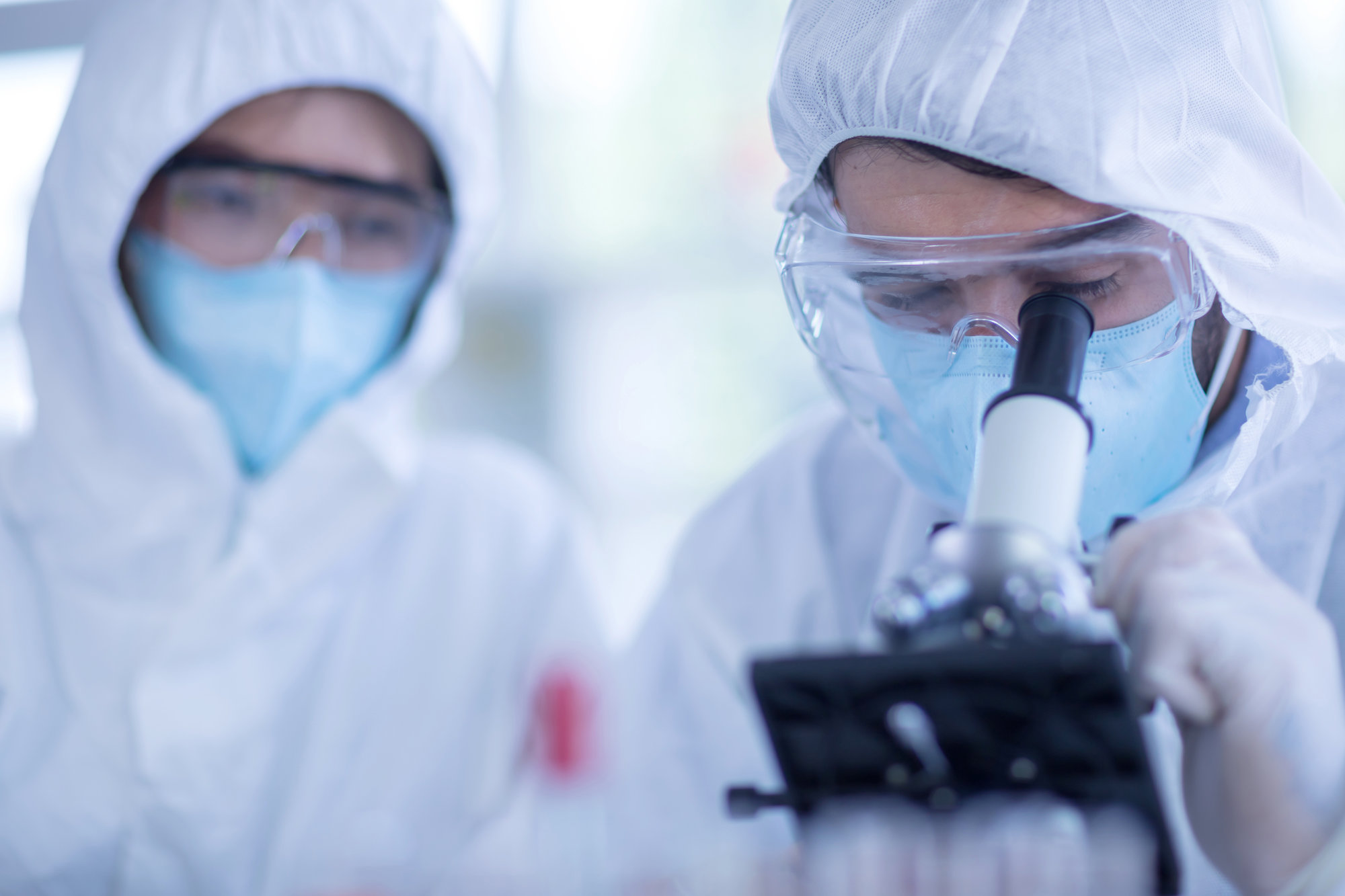DNA is the building block of life, and the genetic alphabet comprises just four letters or nucleotides. These biochemical building blocks comprise all types of DNA, and scientists have long wondered whether creating working artificial DNA would be possible. Now, a breakthrough may finally provide the answer.
The main goal of a new study, the findings of which were published in Nature Communications this month, shows that scientists may finally be able to create new medicines for certain diseases by creating DNA with new nucleotides that can create custom proteins.
Being able to create artificial DNA could open the door for several important uses. Being able to expand the genetic code could very well diversify the “range of molecules we can synthesize in the lab,” the study’s senior author Dong Wang, Ph.D., explained (via Phys.org).

Wang helped lead the study alongside Steven A. Benner, Ph.D., and Dmitry Lyumkis, Ph.D.. Together, the three authors have shown that you can not only create artificial DNA but that the artificial nucleotides may also be able to help create custom proteins we could use to target specific diseases that are hard to combat.
The researchers say that by using the same synthetic base pairs, they may be able to exploit the system while using the same geometry. And, because the system that governs DNA is so effective, mimicking it could also help ensure no serious mistakes in transcription or translation happen.
In the study, the researchers used what is known as the Artificially Expanded Genetic Information System (AEGIS), which incorporates two new pairs into the genetic alphabet. NASA first supported the initiative to try to understand how alien life might have developed.
Now, though, it seems this system could help us decode the mysteries of how to create working artificial DNA.








